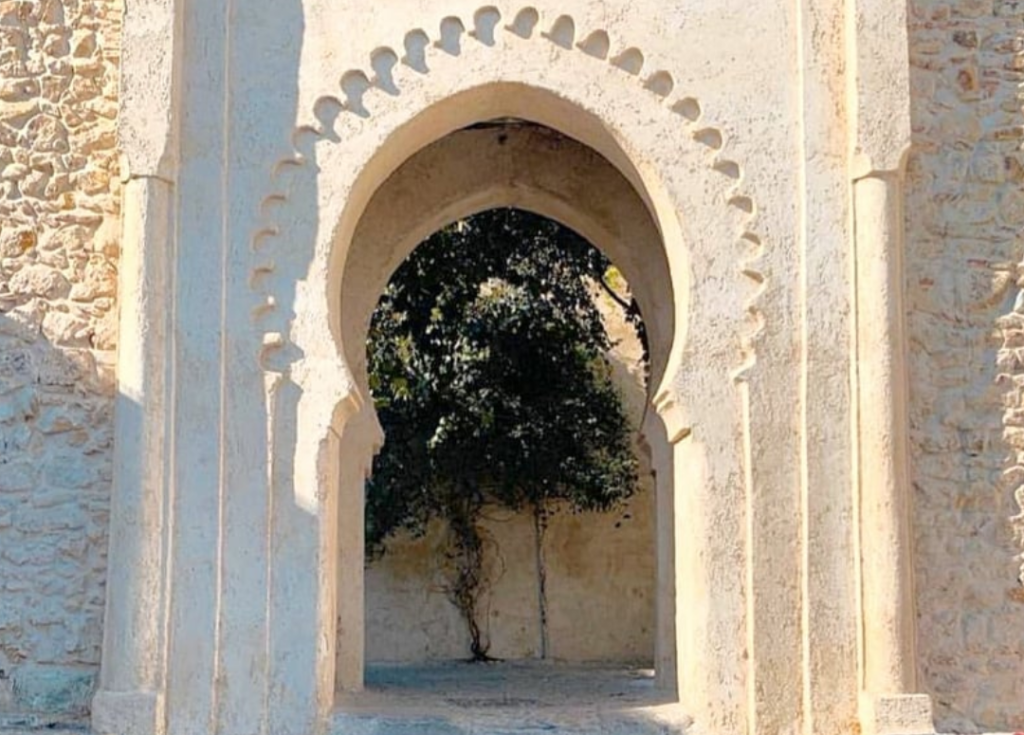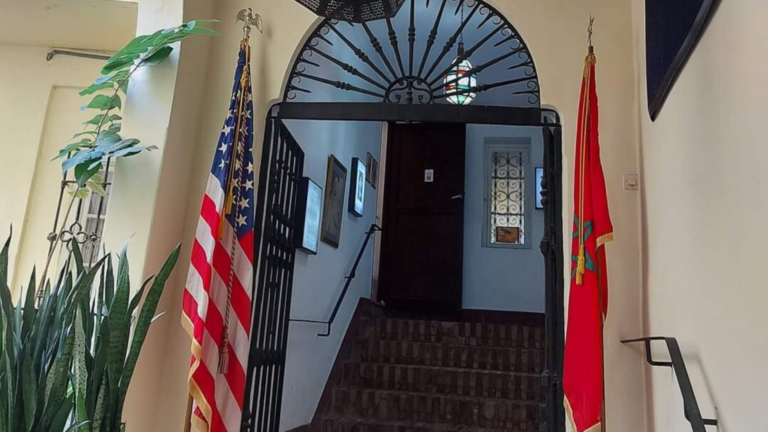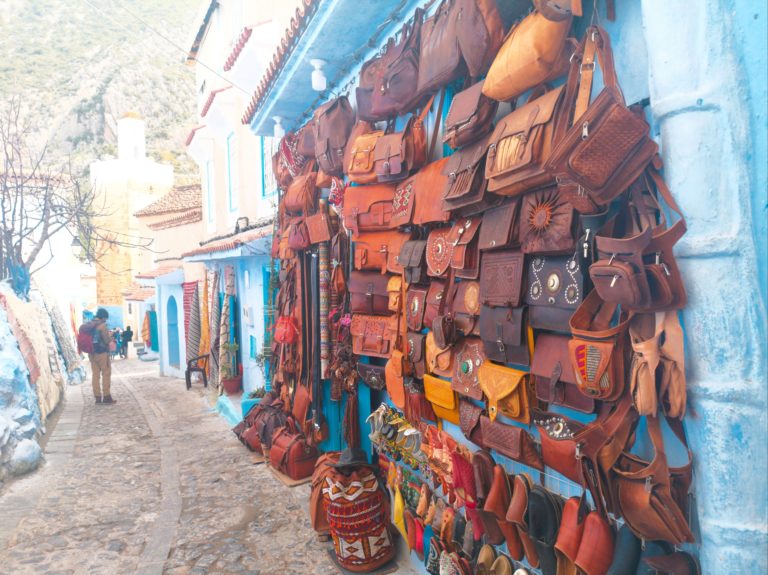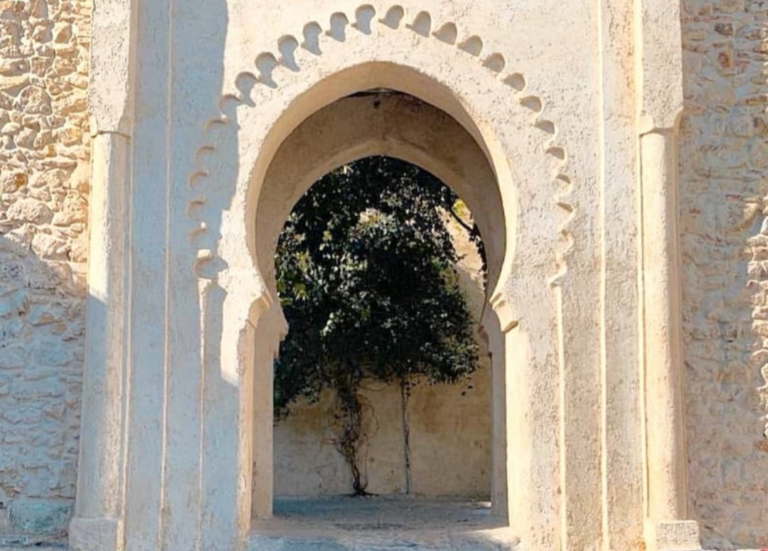My name is Achraf, I am a tour guide in Morocco, born in Tangier, a city in northern Morocco of Berber origin.
My parents are also official guides and they are one of the best tour guides in Morocco with more than 30 years of experience.
We have noticed that many clients ask us for recommendations on the most touristic historical places of the city.
That’s why I decided to quote you the TOP 10 of the most touristic places in Tangier.
And if you need more information, don’t hesitate to contact me, by sending me an email on: Benamar.achraf@gmail.com
I’m at your disposal to help you.
10. The park of Perdicaris:
The attractiveness of the site of Perdicaris is characterised by a mixture of sea, mountain and forest.
Stretching over an area of about 70 ha, this forest is considered a natural and historical heritage. It belonged to a Greek-born American diplomat who was retired. It was more specifically Ion Perdicaris who decided in 1872 to move to Tangier. He bought this property and constructed a villa where he lived for a long time with his English wife. “This former diplomat was a great lover of nature and imported into his property several species of exotic plants that he brought back from other countries. And he managed to transform it into a beautiful area where he organized big parties and where he invited Moroccan and international diplomats”.
The villa where the Perdicaris family lived is still on the site. It takes the form of a small castle with a wonderful view of the sea. But it is known to Dar El Glaoui because he lived for some time and under the protectorate. This building will became a public area after independence. A water source dating from the second part of the 19th century is located near this house. This site, which in the past was charming for the great Moroccan and international diplomats, is still characterized by its luxuriant greenery and a multitude of exotic plants.
9. Cape Spartel:
Lighthouse Built by Sultan Mohammed III in 1864, this lighthouse was maintained by Great Britain, France, Spain and Italy until Morocco’s independence from France in 1956. From the top of a cliff in the far north of the African continent, the area around the lighthouse offers a breathtaking view of the Strait of Gibraltar. On a clear day, it is possible to look at the horizon and see the meeting point of the dark blue Atlantic and the turquoise Mediterranean. The terrace of the Cape Spartel Café & Restaurant in front of the lighthouse is a good place to admire the magnificent sunsets.
8. The Hercules Cave :
The cave has two openings, one to the sea and one to the land. The opening to the sea is known as “The Map of Africa”. It is believed that the Phoenicians created the opening to the sea which has the shape of Africa when viewed from the sea. There are also marks on the walls in the shape of eyes, which are believed to have been made by the Phoenicians, and which form a map of the region. The artificial part was used by the Berbers to carve stone millstones into the walls, to make millstones, which allowed the cave to be enlarged considerably.
7. The Kasbah :
It is an ancient military fortification, founded by the Portuguese in the 15th century.
The Kasbah of Tangier is one of the greatest attractions of Tangier. The Kasbah was founded on the highest parts of the city of Tangier, overlooking the medina.
Historical and tourist site, the Kasbah of Tangier has the characteristic of having preserved its unique and original architecture, marking a rich period in the history of Morocco. It should also be noted that the city of Tangier was first established from the Kasbah, before gradually expanding westward and along the sea .
The Kasbah of Tangier, which divides the medina by its ramparts, has ancient palaces, the most important of which, Dar el Makhzen, was the palace of the various Moroccan sultans at the time of their arrival in Tangier. Situated in the eastern part of the kasbah of Tangier and dating from the 17th century.
Outside the kasbah, in the medina of Tangier, you will have the opportunity to enter the many craft shops and traditional cafes present in this part of the city.
From the kasbah of Tangier, you can enjoy a wonderful view of the port of Tangier, the Spanish coast and the Strait of Gibraltar, the strait that separates the Atlantic Ocean from the Mediterranean Sea.
6. The medina :
Is the old city of Tangier,the medina is Tangier’s main attraction, is a maze of alleyways, both commercial and residential. It is contained by the walls of a 15th-century Portuguese fortress, although most of the buildings are actually relatively recent for a Moroccan medina.
Like most cities in the Kingdom, Tangier has its own Medina, containing two picturesque markets: the Grand Socco and Petit Socco.
The majority of the Medina of Tangier (ancient city) is still in great condition. The narrow, winding roads are lined with houses of all kinds of styles, which indicates that people from diverse financial backgrounds have been living and working in the city. In Tangier, the Medina itself is quite large. There are also several shopping areas, especially for tourists. It can be pretty difficult to identify areas where real handicrafts are produced.
Other parts of the Medina are dedicated to accommodation only. There are very beautiful houses with typical colourful doors and decorated portals, which are surrounded by colourful rose plants.
Once you have crossed the door of the Medina as you leave the Grand Socco, you will be immediately taken into a labyrinth of narrow, winding streets and will be submerged by the powerful aromas escaping from the spice stalls.
5. The Kasbah Museum of Mediterranean Cultures:
The Kasbah Museum of Mediterranean Culture is an important heritage of the Mediterranean region, it is one of the oldest cultural institutions interpreting and preserving the richness and diversity of the Mediterranean region, the museum is located in the heart of the historic kasbah of Tangier.
4. The Museum of the American Legation
The American Legation Museum is housed in the former American Embassy, established in Tangier in 1777, when Morocco became the first power to recognize the United States of America as a sovereign nation. The museum houses an art collection and beautifully restored rooms. It is located in the Medina.
3. Grand socco and Petit socco (Small and largest socco) :
Today, the Grand and Petit socco are more dilapidated town squares than markets. However, there are many stalls and shops clustered around the Soccos, with a wide range of Moroccan goods for sale. The Grand Socco is located just outside the Medina The square of 9 April 1947 is one of the largest in Tangier. It symbolizes the place of King Mohamed V and his speech in the city, then under international domination.Mohammed unambiguously declared the will of the Moroccan people to regain their independence and take control of their destiny over the whole of their territory. The question of territorial ethics was at the centre of this speech, the Petit Socco is the centre of the old city where people who leave the medina to drink Moroccan tea in the local café must go.
2. Café Hafa :
is a café in Tangier, Morocco, located at the top of a cliff overlooking the bay of Tangier. Opened in 1921, the café has retained its 1920s decor and has been visited over the years by many writers and singers, from Paul Bowles and William S. Burroughs to the Beatles and the Rolling Stones.
1. Café Baba:
In the Moroccan café where the Rolling Stones came to enjoy the local café atmosphere.
At Café Baba, in Tangier, people drink tea, almost forgetting that the place has long been the Mecca of “enlightened hippies”.
At Café Baba, no one recognized them. The Moroccan who brought them back was carrying a gold hash pipe. Their clothes and smoking habits resembled those of other western hippies. And as is fitting in this kind of crossroads of cultures and fashions, no one was asking too many questions.
Years later, a photo appeared showing Keith Richards lighting his pipe, slumped over one of the tables at Café Baba. These “hippies” were the Rolling Stones.
Café Baba has overlooked the medina of Tangier for 76 years. During this time, the Stones were far from being the only stars to have visited the café. The kings of Spain and Sweden have been there, as well as the Grand Duke of Luxembourg, Kofi Annan, the former Secretary General of the United Nations, Patti Smith, numerous actors and directors such as Daniel Auteuil and Jim Jarmusch, and dozens of other aristos from the second half of the 20th century.
At the time, Moroccan youth did not frequent cafés much. And women never went. But in the summer of 1946, a young woman landed among the fishermen – and not just any woman: Barbara Hutton, a wealthy heiress and American socialite.
In the daytime, Barbara sips her tea on the balcony of Café Baba. In the evening, she organizes some decadent parties in her Tangier villa. The “Queen of the Medina”, as it became her nickname, spent every summer there until 1974. She advised more than one visitor to Café Baba to have a cup of tea. And that is how the reputation of the place was made in the international community. Café Baba began to attract artists and rock stars of the stature of the Stones.
Related articles
Book your tour with Achraf Benamar
The comfort, nature, culture, traditions, gastronomy and charm of Morocco is here dear customers!
I can’t wait to meet you!





